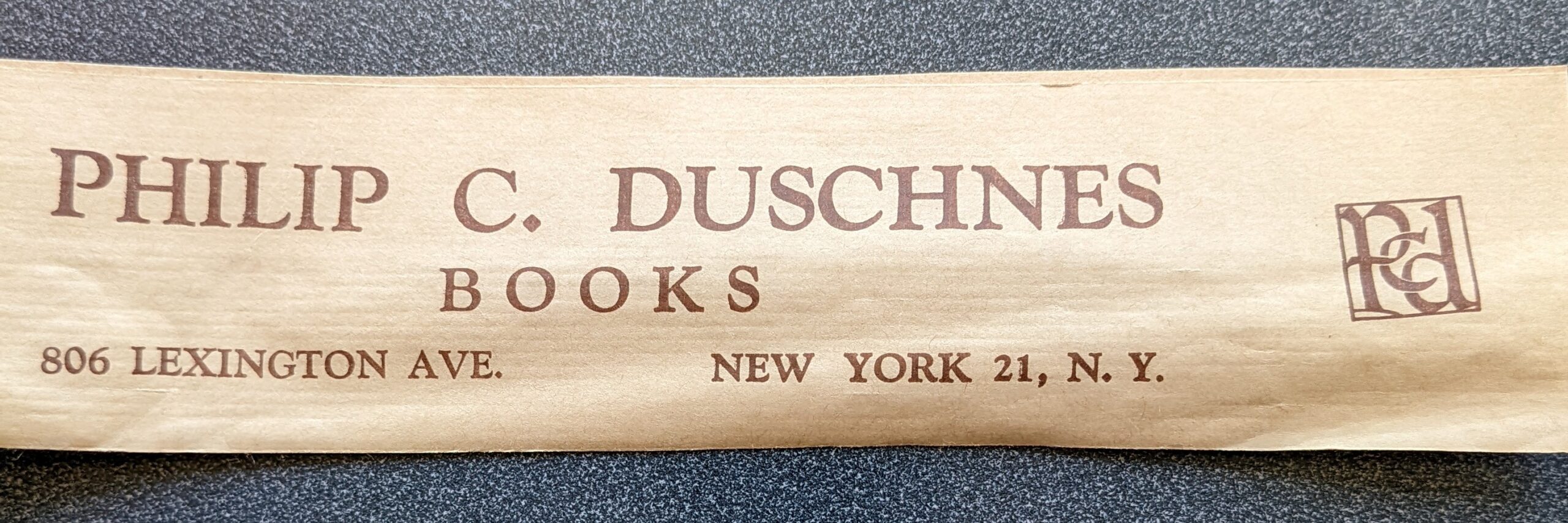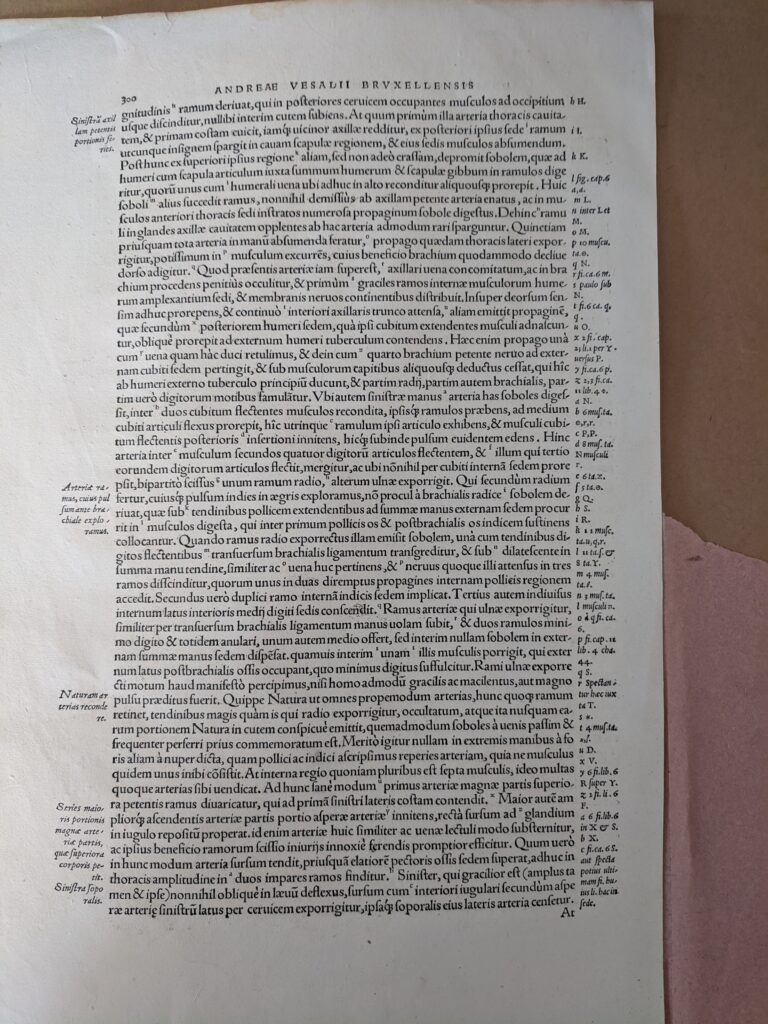This October past, at my Zoomed book launch, I explained how I came to write my novel:
For over forty years, my mother was the sole employee of a rare book dealer in New York City, Philip C. Duschnes Rare Books and First Editions. https://en.wikipedia.org/wiki/Philip_C._Duschnes I spent my childhood in that store, including my time as a fetus. When I was old enough, I worked there part-time filing and packing books for mailing. In 1964, I was a high-school senior thinking about a career in medicine. The owners of the store, “Uncle Phil and Aunt Fanny” as I knew them, therefore wanted me to know about a 16th-century anatomist named Andreas Vesalius, and gave me a book about his life.
I gamely cracked it open, but after 20 pages I bailed out. It was a scholarly biography, way over my less-than-scholarly 16-year-old head. It waited patiently on my various bookshelves for the next fifty years until, newly retired, I spotted it on the shelf and gave it another try. I discovered that I was ready to read about a very interesting guy, his groundbreaking textbook, and his intriguing death. Thus, the idea for the book was born. https://ronblumenfeldauthor.com/2021/09/19/grandpa-writes-a-novel/
A while after the Zoom launch, a friend who attended asked me to come to her house to see something; she left it at that. When I got there, she told me that she had somehow gotten stuck on the name “Philip C. Duschnes,” and she finally remembered why. She brought out a large, flat package wrapped in brown paper and sealed with paper packing tape. It had been in a closet for the past year, among other things that belonged to her husband’s aunt, an artist named Chi Watts.

I was stunned to see Philip C. Duschnes packing tape, a relic I had not seen decades, and had no reason to think I’d ever see again. I had used miles of it to pack books. The absence of a zip code made this a pre-1963 purchase at the store.
I managed to say, “It’s amazing that you have this.”
“It really is,” she said, “but open the package.”

I did, and uncovered an actual page from De humani corporis fabrica, the great textbook of Andreas Vesalius (many of these books were broken up to sell the pages with illustrations). No way!
The Fateful Journey of an Orphaned Page of the Fabrica
A very unlikely circle had been closed. In one cosmic wave of the hand, two artifacts of great personal significance joined up to make a 60-year journey from Philip C. Duschnes to Chi Watts to a closet right down the road – not counting the twists and turns since it came off a printing press in Basel, Switzerland almost 500 years ago. The odds of my ever seeing that packing tape again were very slim. But to have it wrapping a page from the Fabrica? C’mon. Really.
The family made the orphaned page of the Fabrica a gift. It now has a happy home, framed and hanging in my office. Its dense Latin text has none of the Fabrica’s famous images, but the passion and commitment young Andreas poured into his work jumps off that one well-traveled page of the textbook that changed forever the study of the human body.

